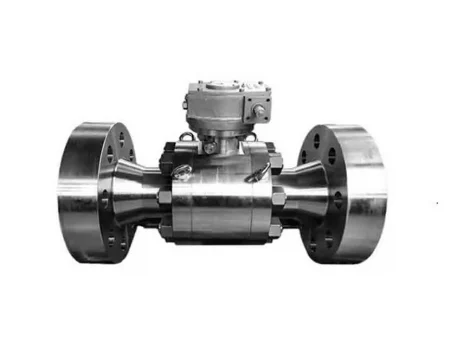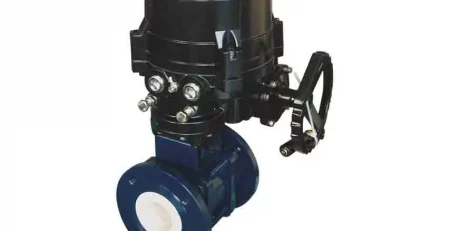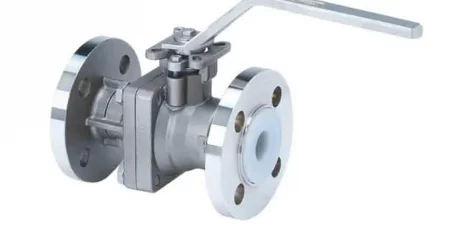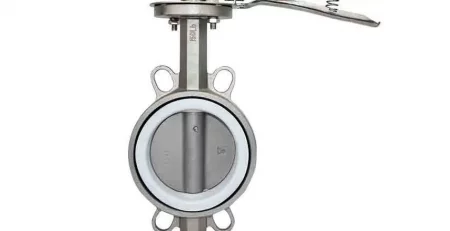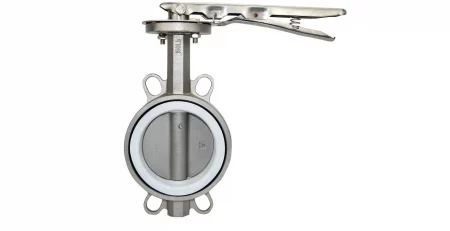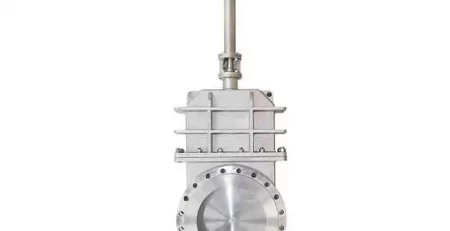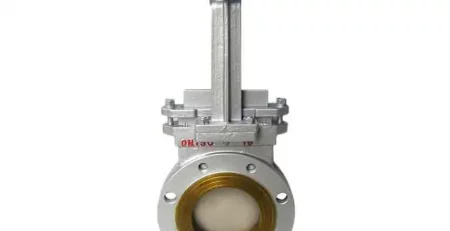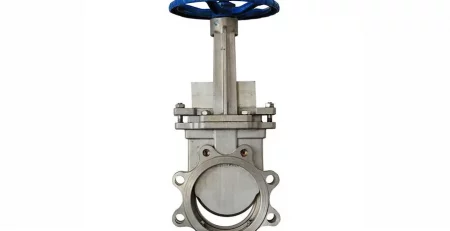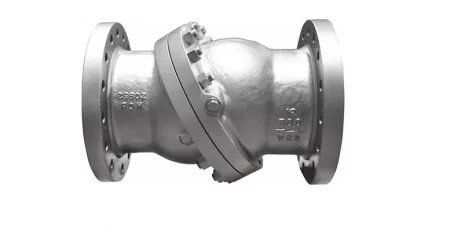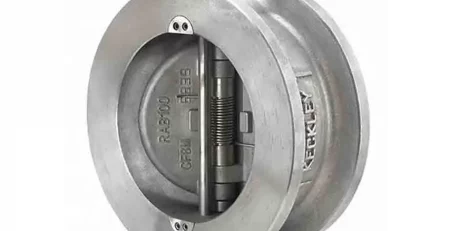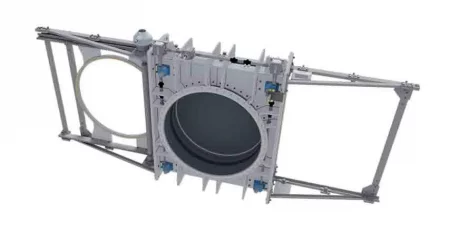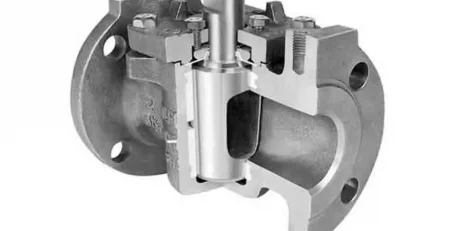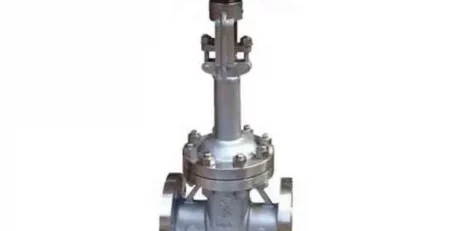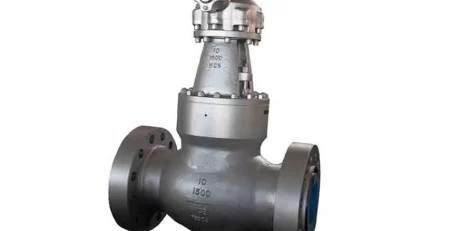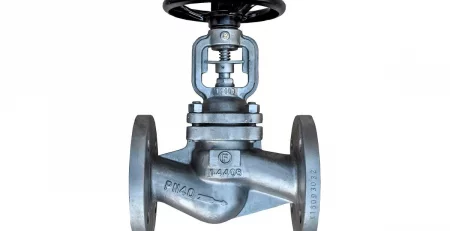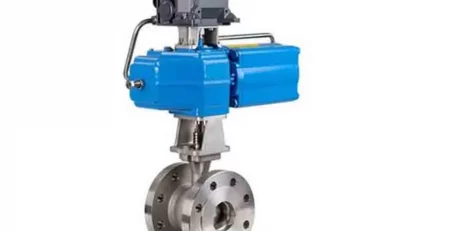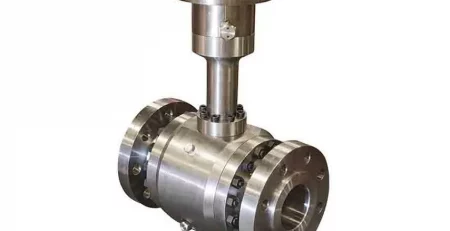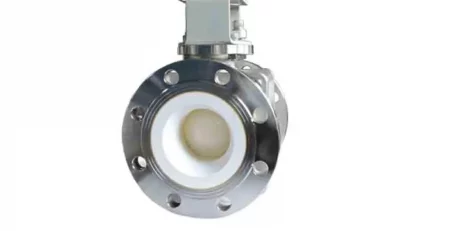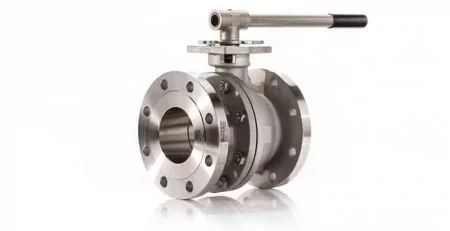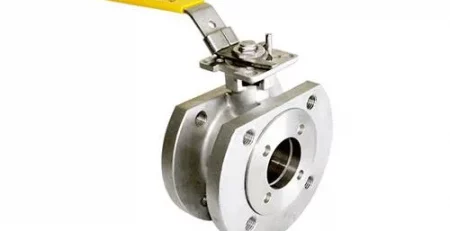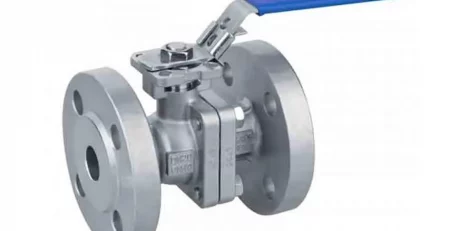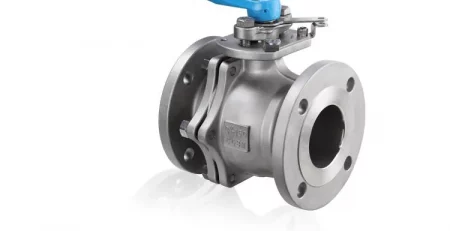PRODUCT DESCRIPTION
The fluid passing through the valves and the environment in which the valve operates are critical factors for determining the correct material and design. In addition to the high pressure and high temperature of the fluid, the acidic-basic values and the particles present in the fluid can erode and damage the valve’s internal walls and components. Therefore, it is essential to properly evaluate the process and select the valve materials accordingly.
HG-Stahl’s ball valves, designed to operate under harsh conditions, are protected from all effects that could cause rapid wear, such as sludge, slag, iron dust, and sand dust, thanks to the high-strength tungsten carbide coating applied to the inner surface of the valve.
By selecting the appropriate stainless steel and its derivatives based on the acidic level of the fluid, the valves can operate efficiently for many years. In addition, high-strength materials with exceptional torsional and tensile strength, such as Inconel X718, Inconel X650, and Inconel X550, can be used in the valves.
In products combining high temperature, high pressure, and abrasive fluids, we can produce valves entirely from solid or forged materials for pressures up to 1000 bar.
High-Pressure Ball Valves can be produced as floating, guided (trunnion), full bore, or reduced bore, and in two or three-piece designs. The design standards include EN-12516, ISO 17292, ANSI B16.34, and API6D, while face-to-face standards can be EN558, ANSI B16.10, or custom dimensions as requested. For connection flanges, we can assist with EN 1092-1 & EN 1092-2, ANSI B16.5, and B16.47 standards. The connection standard for valve top flanges is ISO 5211. The test standards can be EN 12266, API598, or ISO 5208. Fire safety is ensured with designs compliant with API607, API6FA, and ISO 10497 standards. In these products, materials and thicknesses far exceeding standard requirements can be used in special conditions. To determine these situations accurately, design verifications are performed using finite element method (FEM) CAE simulations.
In these products, no sealing type other than metal-to-metal sealing is preferred. In certain special cases, the external surface of the valves can also be coated with additional protection. HG-Stahl’s Ball Valves for Harsh Working Conditions can be produced with flange, threaded, or weld-end connections, as well as in wafer-type compact structures.
